The surface effect of induction hardening
The surface effect, also known as the skin effect, occurs when alternating current passes through a conductor. The current density at different points of the conductor cross-section is equal when direct current passes through the conductor. However, when alternating current passes through the conductor, the current density at the cross-section of the conductor is small in the middle and large on the surface. When the frequency of the current is high enough, the center of the conductor may not have any current, and all of the current is concentrated on the surface layer of the conductor. This phenomenon is called the surface effect of high-frequency current.
The reason why the surface effect is produced by induction hardening is that when alternating current passes through a conductor, it also produces a magnetic field surrounding the conductor, which in turn produces a self-induced electromotive force on the conductor. The direction of the self-induced electromotive force is opposite to that of the original electromotive force, and the self-induced electromotive force is strongest at the center of the cylindrical conductor and weakest on the surface. The cancellation of the self-induced electromotive force against the original electromotive force results in the maximum surface and minimum center current of high-frequency current, forming the skin effect.
As a result of the skin effect, the current density on the cross-section of the conductor decreases exponentially from the surface to the center.
The proximity effect of induction hardening
The distribution of alternating current inside a conductor is affected by the alternating current inside the adjacent conductor, which is called the proximity effect.
In practical applications, the proximity effect of induction quenching mainly has two situations:
When two parallel conductors are subjected to opposing and equal alternating currents, the current is concentrated on the inner surface layer of the two conductors, and the magnetic field between the two conductors is strengthened, while the magnetic field outside the two conductors is weakened.
When two parallel conductors are subjected to the same and equal alternating current, the current is concentrated on the outer surface layer of the two conductors, and the magnetic field between the two conductors is weakest, while the magnetic field outside the two conductors is strengthened due to mutual superposition.
The ring effect of induction hardening
When high-frequency current passes through a ring-shaped conductor, the maximum current density is distributed on the inner side of the ring-shaped conductor, which is called the ring effect. The essence of the ring effect is the proximity effect of the ring inductor.
By using the principle of the induction hardening ring effect, we can explain why the heating efficiency of the outer surface of a cylindrical part and the inner surface of a hollow part heated by the same ring inductor is so different.
The slot effect of the induction hardening magnetic conductor
A rectangular cross-section copper conductor is placed in the slot of a magnetic conductor. When high-frequency current passes through the conductor, the current only flows on the surface layer of the conductor at the opening of the magnetic conductor. This phenomenon is called the slot effect of the magnetic conductor.
The magnetic conductor has a very high magnetic permeability and a very small magnetic resistance. The magnetic flux produced by the current-carrying conductor is concentrated to pass through the bottom of the slot of the magnetic conductor. Although the conductor at the bottom of the slot has the most magnetic flux linkage and generates a lot of self-induced electromotive force, similarly, the conductor at the opening of the slot generates the smallest self-induced electromotive force. Therefore, high-frequency current is forced to flow here.
By utilizing the slot effect of the magnetic conductor in induction hardening, we can drive high-frequency current to the outer surface of the ring inductor, which can improve the heating efficiency of the inner surface of the hollow part.

 en
en  cn
cn  jp
jp  ko
ko  de
de  es
es  it
it  ru
ru  pt
pt  th
th  vi
vi  pl
pl 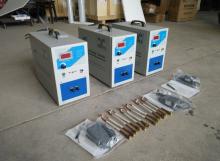
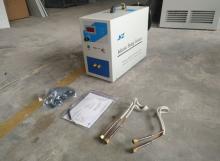
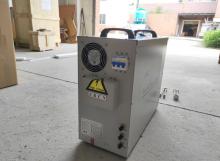
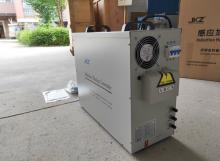
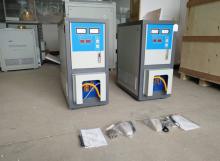
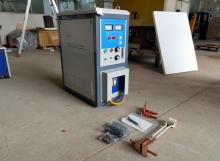
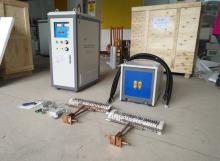
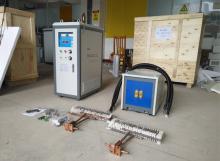
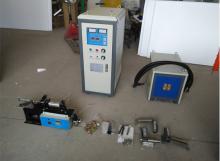
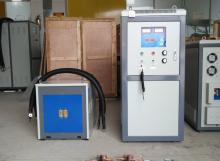
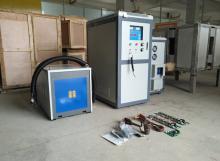
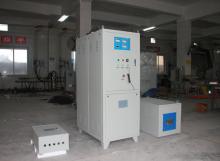
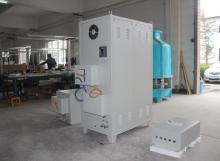
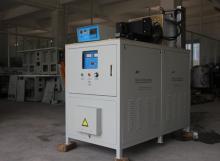
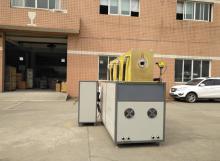
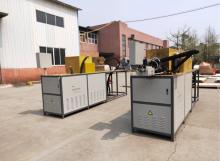
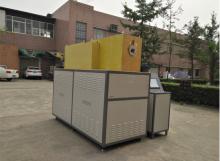
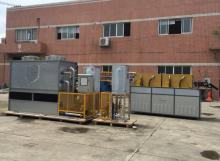
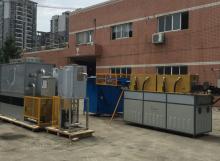
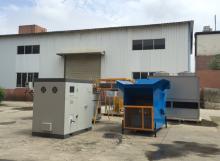
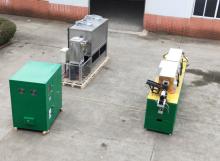
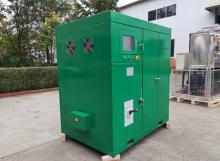
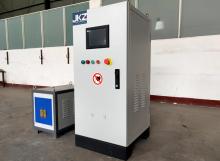
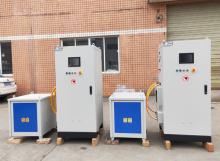
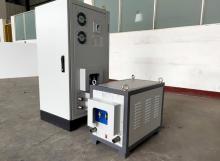
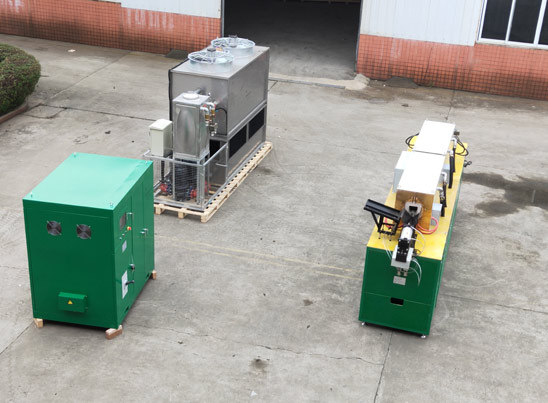
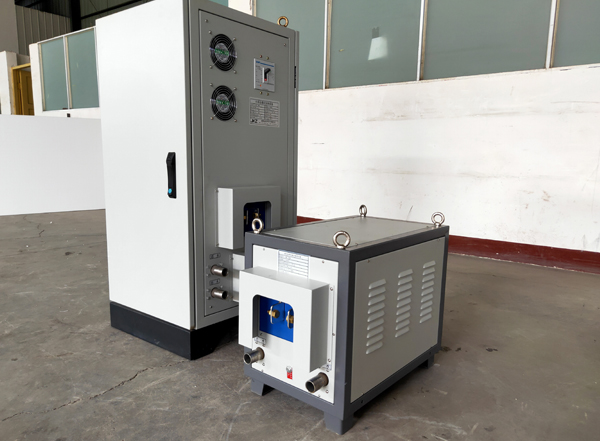
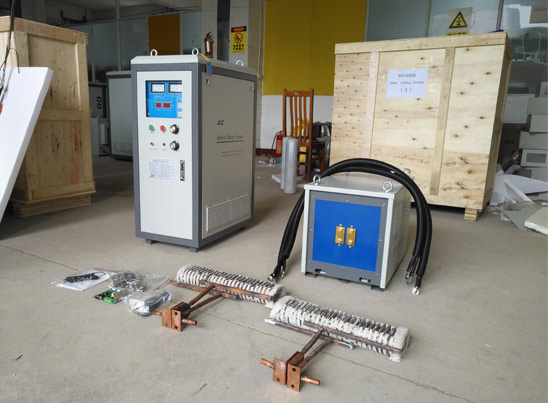
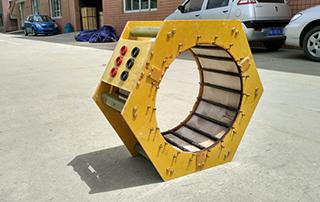


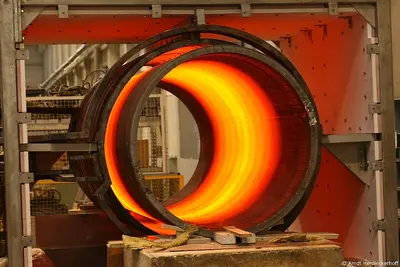


 Call us on:
Call us on:  Email Us:
Email Us:  NO. 688th South Baoguang Road, Xindu District, Chengdu City, Sichuan Province, China
NO. 688th South Baoguang Road, Xindu District, Chengdu City, Sichuan Province, China